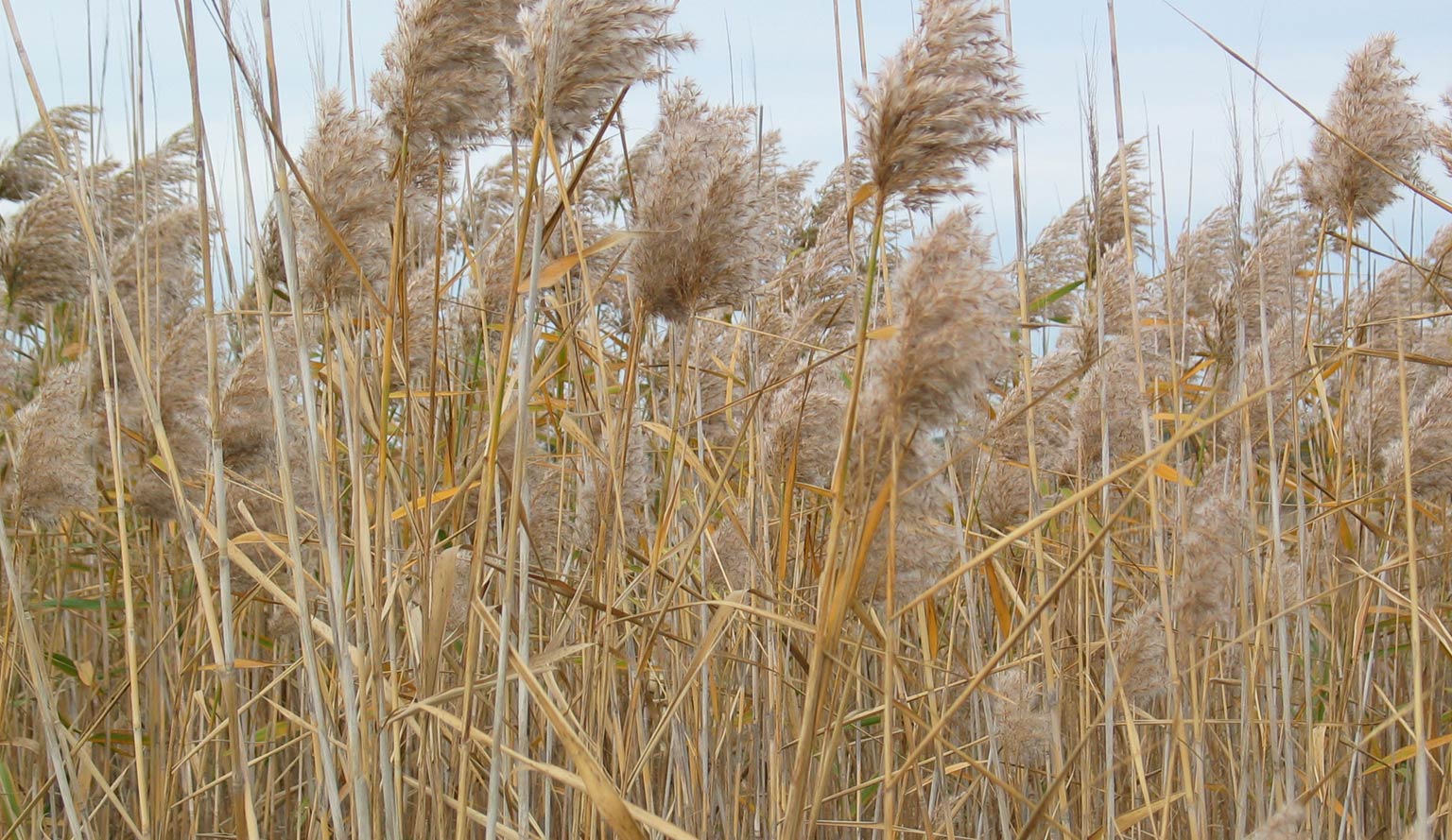A range of teacher professional learning programs will be developed to accompany the Biodiversity of the Western Volcanic Plains online outreach...
Threats to native grasslands
The main threats to conserving Victoria's remaining native grasslands include;

- clearing of native grassland for urban expansion (buildings, roads, infrastructure)
- conversion of native grassland area to crops and introduced pasture
- invasion by exotic plants
- overgrazing
- soil and habitat disturbance by vehicles, rock removal or rock crushing operations
- lack of fire or change of fire frequency
- changes in agricultural practices
- poor management of remnant grassland areas.
The following table summarises some impacts on native grasslands.
|
Activity |
Impact |
|
Grazing |
Heavy grazing can remove some species, compact the soil, and increase weed invasion. |
|
Exotic plant invasion |
Introduced plants compete with native plants for space, water and nutrients. Pasture quality can be degraded. |
|
Fire |
Fire is necessary for the maintenance of some grasslands and grassy woodlands, especially those dominated by Kangaroo Grass. Dense grass can smother other plants and cause a loss of habitat for some native animals. |
|
Soil disturbance |
Soil disturbance can displace native animals and create opportunities for weeds to invade. It can remove an important crust of algae, lichens or mosses that are important for soil health. |
|
Herbicide application |
Herbicides can kill native grassland plants and harm grassland animals such as insects and frogs. |
|
Fertiliser addition
|
Native grassland plants prefer low nutrient soils. The application of fertilisers can kill native plants and favour weed species. |
Native grassland plants prefer low nutrient soils. The application of fertilisers can kill native plants and favour weed species.
Identification and image issues
Plant species in areas of native grasslands can be difficult for non-experts to identify, being different from paddocks or roadsides with exotic pasture grasses and weeds.
Native grasslands also seem to be less valued than other ecosystems. Often landowners and government agencies fail to recognise native grasslands as being native vegetation of conservation value.
The Biodiversity of the Western Volcanic Plains Flora and Fauna Field Guide aims to increase awareness and knowledge of the native grassland species of the Victorian Volcanic Plain, their wonder and value, and the benefits of conserving them.



